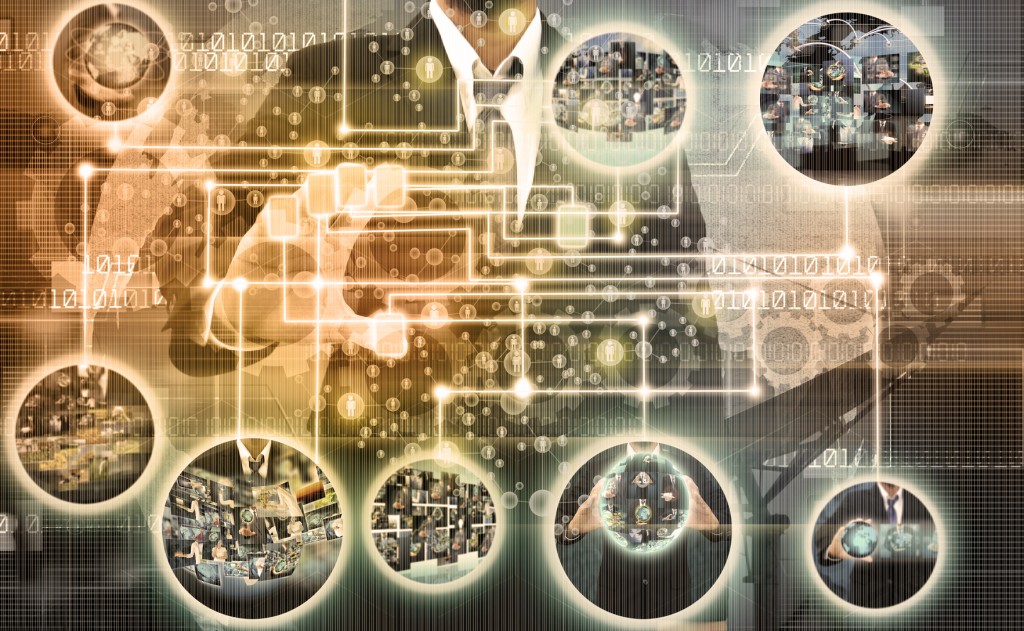This blog post is an excerpt from GovLoop’s recent guide Your Questions Answered: The Internet of Things in Government. Download the full guide here.
In well-run organizations, responsibilities are often assigned from the top down. The president of the company delegates as much responsibility as possible to senior level executives. These executives follow suit, passing the same tasks down to managers, who eventually distribute them to individual workers. Within this well-oiled system, leaders “equip people, train them, give them authority, and empower them to execute the mission at their respective levels and communicate back up the chain,” explained Jake Freivald, Vice President at Information Builders, an integrated reporting and data access software company.
Ideally, the Internet of Things (IoT) should function the same way. IoT lets organizations push responsibility for local situations to the lowest level that can handle it, while providing an avenue to move collected knowledge back up to the highest level for strategic direction. With the right data analytics software, government agencies can rely on smart devices to run data collection at more granular levels, freeing human capital to focus on creative analysis and decision-making.
The reality is smart devices offer major benefits to government agencies.
We’re already seeing the benefits in healthcare. As costs have risen, healthcare providers are distributing care across different types of facilities. For example, patients can visit hospitals for major emergencies and reserve less severe issues for their primary care doctor or for a walk-in clinic. Having these options can help to manage costs and ensure that care is thorough, individualized and personal. But healthcare also needs to be managed centrally so providers can identify gaps in care, Freivald noted.
The best response is to rely on devices that can track previous care with great detail, relay the patient history back to healthcare providers and help doctors to measure treatment outcomes.
In addition to healthcare, smart devices can also revolutionize military operations. “A smart device can make it much more reasonable for logisticians to estimate where different kinds of equipment need to be
and plan maintenance schedules,” Freivald explained. In time, the data provided by devices will even allow for predictive maintenance and placement schedules, based on past trends. IoT technology can get warfighters the equipment they need, ensure it stays properly maintained and even guarantee the lowest time delays and costs.
According to Freivald, a natural next step for government agencies embracing IoT involves monitoring their energy usage to become more energy efficient. Ideally, energy management will depend on feedback from devices at all levels. Individual devices can track their energy usage and pass that data to smart buildings. Buildings can aggregate those usage patterns and transmit them to energy providers who can engineer their utilities to match users’ needs. From there, government agencies can implement policies that support green solutions.
“With detailed information spread across every level of the organization, you can get a very comprehensive picture of what you can do to manage energy consumption more effectively,” Freivald said.
Energy management offers an enormous number of connection points and potential for information sharing because energy is a central feature in many activities. “We are using it, we are supplying it, and we are consuming it,” says Freivald, “and each one of those individual points is a place where we can understand our usage of energy better and adapt to changing conditions.” This innovation, and others like it, will have an enormous impact on making government agencies smarter and citizens better served.
Although the benefits of localized device reporting are significant, managing the system that centralizes the data can be a challenge. To make the most of IoT technology, large amounts of data must be collected from diverse sources in real time. This process alone can be messy, and the need to see the big picture — ideally in real time — further complicates matters.
However, the data analytics software that Information Builders provides can ease the burden of this analysis. Freivald highlighted the usefulness of integration technology that helps collect data and organize it in a helpful way. Information Builders, for example, seeks to enrich the data with information from other systems and then scrutinize the outcome with tools such as predictive analytics and visualizations.
At the end of the day, a network of empowered devices is only as valuable as the tools you possess to analyze the data, Freivald said. Agencies need access to real-time, high-volume, diverse data sources and the ability to extract meaningful insights from that data in a timely manner.
